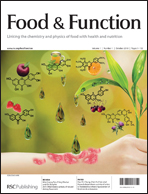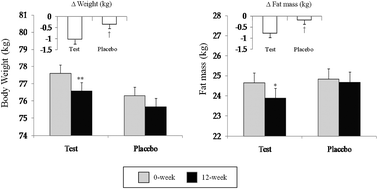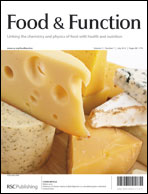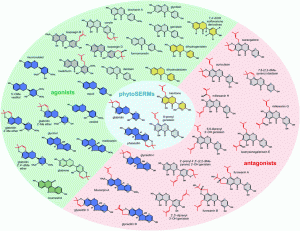For every new journal there are several important stages in its early life and development. Initially there is the journal announcement and the appointment of an Editor-in-Chief, Associate Editors and Editorial Board members. Then the first Advance Articles appear online followed by the publication of the first issue of the journal.
The first issue of Food & Function was published in October 2010, with two more issues in November and December completing the first volume, a total of 28 articles. The next big step was the news, in 2011, that Food & Function had been accepted for indexing in both ISI and MEDLINE raising the visibility of research published in the Journal.
The next big event in the development of a journal comes after about two years; the first impact factor. Thomson Reuters announced the 2011 impact factors at the end of June 2012 and Food & Function received an impressive first partial impact factor of 1.179.
Why is it a partial impact factor? To explain, the impact factor provides an indication of the average number of citations per paper, calculated by dividing the number of citations in a year by the number of citeable articles published in the preceding two years. The number of citeable articles that the Food & Function 2011 impact factor is based on is only 28, from the three issues of Volume 1 published in October – December 2010.
Additionally, unlike the calculation of a full impact factor where articles have up to 3 years to be read and cited, these articles were published at the end of 2010 so had a much shorter time to be read by researchers and referenced in future work.
With increased visibility of the articles published in Food & Function the number of citations to the Journal is growing rapidly every week, a reflection of the high quality research being published in the Journal.



















![[003_006]_ofc_800 Issue 6 front cover](https://blogs.rsc.org/fo/files/2012/05/003_006_ofc_800-229x300.jpg)